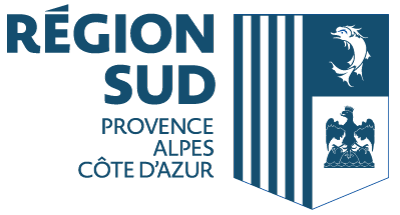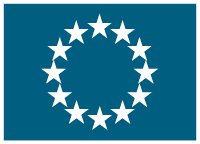MALSIS, a soil information system for the Maltese Islands
(MALSIS)
Date du début: 1 mars 2002,
Date de fin: 29 févr. 2004
PROJET
TERMINÉ
Background
As an accession country to the European Union (EU), Malta has to comply with European environmental legislation. Groundwater is a crucial source of drinking water on the Maltese islands, but nitrate levels in water often exceed the EU Drinking Water Directive (80/778/EEC) limit of 50mg/l. With the current concentration of nitrate, it is likely that the whole of Malta will be declared a ânitrate vulnerable zoneâ (NVZ) under Directive 91/676/EEC concerning nitrate from agricultural sources. Compliance with the Nitrate Directive will require various activities on soil and agricultural issues for the management of groundwater. In particular, the government needs technical environmental assistance to comply with EU environmental legislation and to integrate soil issues with other environmental data.
Objectives
The overall objective of the project is to permit Malta to address European environmental legislation dealing with groundwater contamination by nitrate (80/778/EEC, 91/676/EEC), leading to the production of a code of good agricultural practices and a nitrate action plan. In particular, the project aims to: (1) create the information infrastructure needed for Malta to meet requirements for compliance with EU environmental legislation concerning nitrate in groundwater; (2) build Maltaâs technical competence in soil survey, soil analysis, and soil information systems; and (3) create soil datasets harmonised with European-wide initiatives (EUSIS).
Specifically, the project aims to:
· Compile a digital database of soil properties in the Maltese Islands;
· Establish an archive of soil samples;
· Establish a computer-based soil information system (MALSIS);
· Increase the knowledge and skills of project staff;
· Disseminate the project information to the public; and
· Develop a business plan for the future maintenance of the information system and supporting staff.
Results
The beneficiary implemented the activities as planned and the project achieved the expected results. Specifically, they:
⢠Compiled a digital database of soil properties in the Maltese Islands;
⢠Created a computer-based soil information system (MALSIS);
⢠Increased the capacity of project staff; and
⢠Created a National Soil Office (NSU) within the Ministry.
The beneficiaryâs efforts to involve the stakeholders throughout the project, the dissemination and training activities undertaken, and the improvement in the quality of data on soils have likely contributed to an increase in awareness on the issues dealt with by the project.
In addition, the beneficiary has provided evidence for the sustainability of the project results, such as:
⢠The information derived through MALSIS was used to elaborate the Code of Good Agricultural Practice for the Maltese Islands, particularly for the guidelines related to the management and protection of soils and soil fertilisation practices;
⢠The information contained in the database has also been used to support the farming community in the implementation of the Action Programme for the protection of groundwater from nitrate pollution from agriculture;
⢠The information gathered on soils in Malta is being used to develop a strategy for the introduction and promotion of organic agriculture and to refine the strategy for the application of bio-wastes and composts on agricultural land; and
⢠Information derived from MALSIS is being used to assess the suitability of Maltaâs soils for the cultivation of vines.




